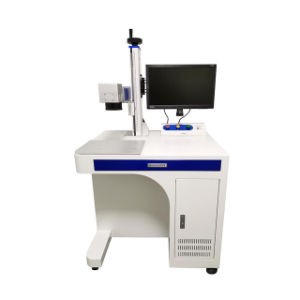New 200W Metal Rust Removal Oxide Painting Coating Removal
Product description
Laser ablation (scientific name for laser cleaning) or light ablation is the process of removing material from a solid (or sometimes liquid) surface by irradiating it with a laser beam. At low laser flux, the material is heated and evaporated or sublimated by the absorbed laser energy. At high laser fluxes, materials typically convert to plasma. Generally, laser ablation refers to the removal of material using a pulsed laser, but if the laser intensity is high enough, a continuous wave laser beam can be used to ablate the material. Excimer lasers with deep ultraviolet light are mainly used for optical ablation. The laser wavelength used for optical ablation is approximately 200 nm. The depth of absorbed laser energy and the amount of material removed by a single laser pulse depend on the optical properties of the material, as well as the laser wavelength and pulse length. The total mass of each laser pulse ablated from the target is commonly referred to as the ablation rate. Laser radiation characteristics such as laser beam scanning speed and scan line coverage significantly affect the ablation process.

When the surface of a workpiece is adhered with submicron level pollution particles, these particles often adhere very tightly, and conventional cleaning methods cannot remove them. However, using nano laser radiation to clean the surface of the workpiece is very effective. Due to the non-contact cleaning of workpiece by laser, it is very safe to clean precision workpiece or its fine parts, ensuring its accuracy. Therefore, laser cleaning has unique advantages in the cleaning industry.




Recommended products
